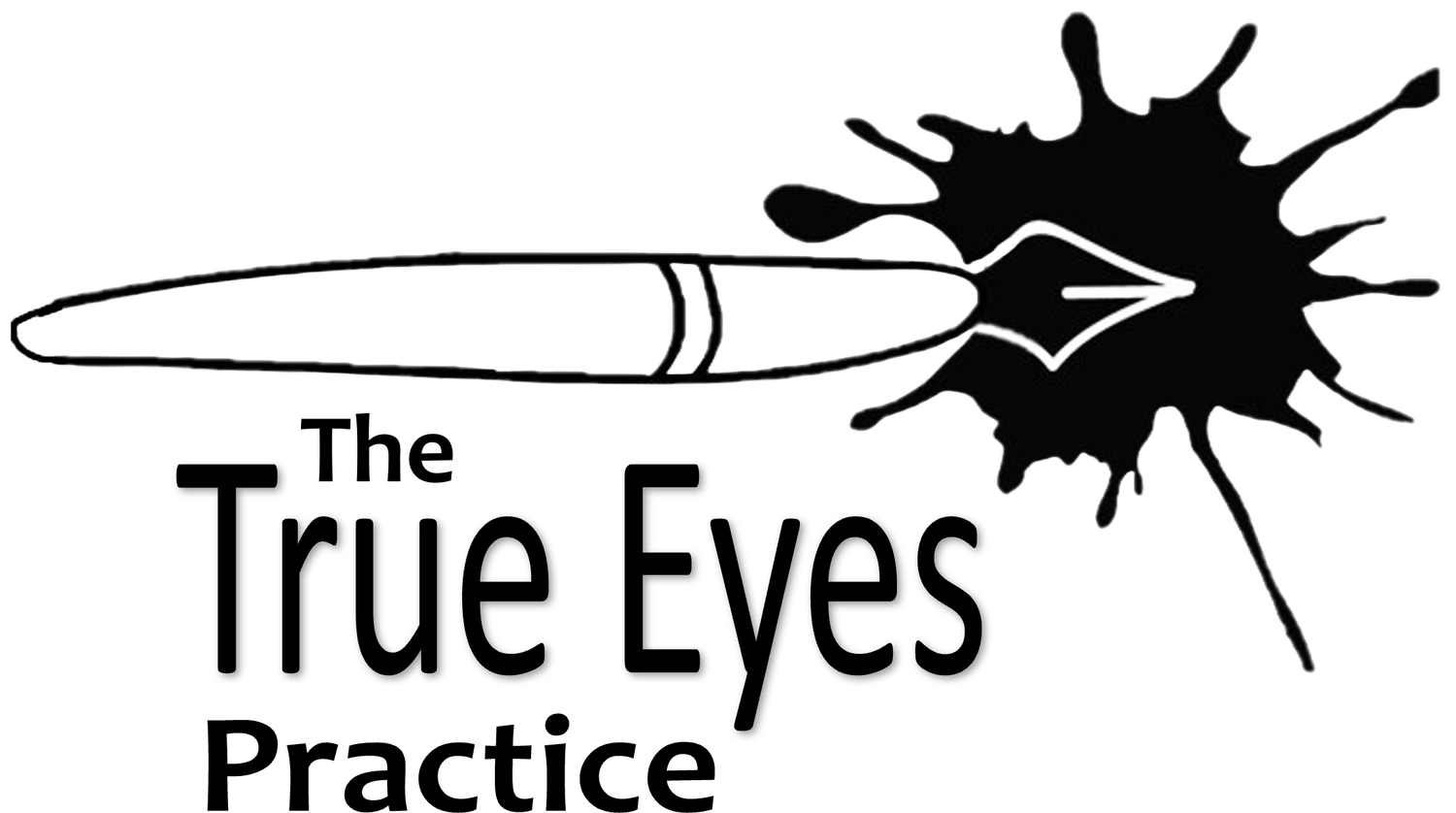Do You Suffer from #DayJobShame?
Artists, creatives, even some people who launch start-ups feel ashamed or even angry that they need to find another source of money while they get their ideas/products/work into the world and see how/if/when they will sell something. But feeling day job shame isn't productive, and it doesn't make sense.
No one who starts a plumbing business, or a new CPA firm or a medical practice ever thinks this way.
They all know that “If you build it, they will come,” is just a movie tag line, not a business plan. They all expect to need cash to support themselves while they get the business on its feet.
I realize it’s harder for you to detach yourself and your worth from your business. After all, when you sell your art, you’re selling something you made, that came from your heart and soul. Plumbers and CPAs mostly don’t view their work this way.
You might even think you ARE your business. But you aren’t. :-)
Ironically, the right day job can support your creative process with more than just money.
My day job is coaching. The epiphanies clients (and I) get from coaching feeds directly into my writing, which is my creative practice. If you’re blessed with the skill to build or fix things, swinging a hammer for part of the day might free your unconscious mind to work on your art. Working in sales (don’t cringe—I know it might sound awful but you might surprise yourself) can teach you skills that will help you sell your own work. Teaching others can make you realize how competent you are.
Funding your art with other work often delivers surprising benefits.
The Way Out: Finding a way to support yourself so you’re free to make your art peacefully.
There are five broad ways to make money to fund your creative life. The one I’m going to talk about first is the traditional type that people think of when they think of a day job or a side hustle: the one that’s unrelated-to-your-art: the #DayJob.
If you want to take this road, keep some requirements in mind.
First, stay away from jobs that traditionally require long hours. For instance, many tech jobs will work you to the point that you have nothing left over.
Second, try not to get a job that is sort of like doing your art, but is a pale shadow. Some painters and other 2D artists can handle graphic design, for instance. But for others, graphic design is nothing more than art on demand, with a side order of no choice. The client, likely someone with no design skills, is going to be telling you what to do. If you can handle that, great. If not, stay away.
Other jobs that might suck your blood are technical, copy, website or content creation if you are a writer; factory work for inventors, etc. You’ll know. If the thought of the job makes you sick to your stomach, that’s your sign.

The perfect day job is twenty hours a week, stimulates a different part of your brain than the one you use to create, pays all your bills, includes health insurance and leaves your mind free and your body relaxed enough to do your real work. One of my clients taught yoga at a gym. Because she lives in Los Angeles and works at a fancy gym, she made decent money. It didn’t cover all her expenses, but it provided some money and decent health insurance. Other clients have worked as teachers, but because there are so many teaching options, I’ve put that in its own category, which I will write about in subsequent articles.
How do you feel about this? Do you have a day job or a side hustle that supports your art? Do you feel day job shame? What effect does it have on you? Leave a comment and tell me what you think.
Help in finding or creating a supportive day job is part of the ten-week workshop I’m teaching that starts July 9th. Click here if you’d like to talk to me about joining.
